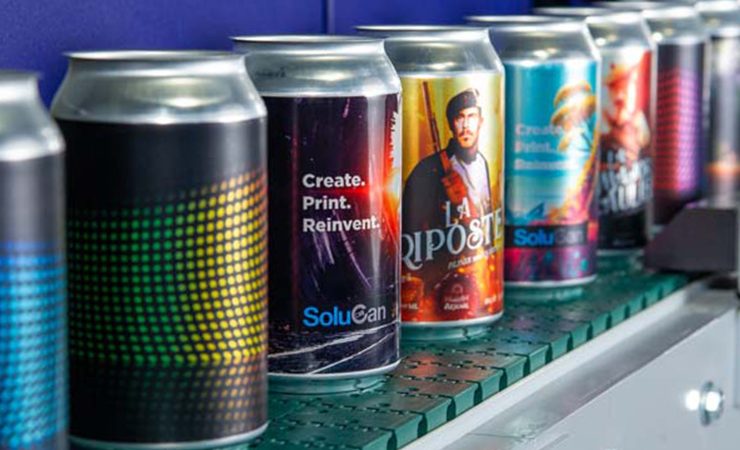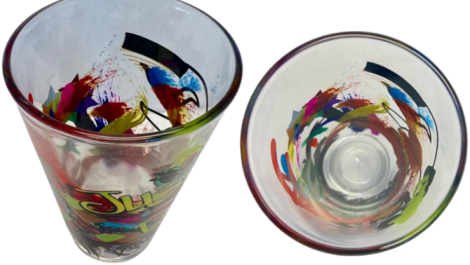The desire for more recyclable packaging and new demand in emerging markets will help drive future demand for beverage cans and other metal packaging through to 2027, with print to be one of the beneficiaries of a 2.9% CAGR over the next five years.
This is according to a new market study from Smithers, The Future of Metal Packaging and Coatings to 2027, which has detailed how metal packaging has made distinct gains since 2019 as a result of the global pandemic. This includes an extra $10.7 billion being added to global sales across 2020-2021, due to a strong uptake of food cans and continued growth of beverage cans.
In parallel, new decoration technologies and techniques will benefit from the anticipated gains in metal packaging, such as digital direct-to-can printing and embellishment. Can labelling remains a big market also, whether through the use of PS, wet glue or shrink sleeves. Digital printing has proved itself to be a viable and important technology here.
Also set to flourish alongside growth in the metal packaging market is: integration of Industry 4.0 concepts, to boost efficiency and order turnaround; integration of can manufacturing and filling in a single plant; and the development of alternatives to BPA in coating applications. Circular economy gains will be achieved by further lightweighting of can constructions, and the introduction of new fixtures and aerosol designs. Moreover, metal packs already have a well-established recycling industry, and are increasingly being trialled as greener replacements for rigid plastic packs. This includes both beverages and some food applications, as well as premium designs for use in personal care, and the emergence of refill packaging formats.
Worth a projected $127.3 billion in 2022, Smithers’ research forecasts a future global compound annual growth rate (CAGR) of 2.9%, pushing the total value of the metal packaging market to $147.1 billion in 2027.
The segment will continue to be led by beverage cans, which accounted for nearly 80% of growth in 2021, or the equivalent of an extra 383 billion cans sold. The rise in demand for food cans was also pronounced, particularly at the beginning of the pandemic as consumers looked to shop less frequently and reduce their risk of contracting Covid-19. There was also a dramatic increase in online sales, where ambient products could be shipped from the producer or distributor direct to home without refrigeration.
Growth in all segments will not be trouble free however, with some supply chain disruption. Throughout the second half of 2021, converters have been confronted by rising raw material, energy, and transport costs. These factors will continue to dominate industry thinking through the first half of 2022, according to Smithers.



